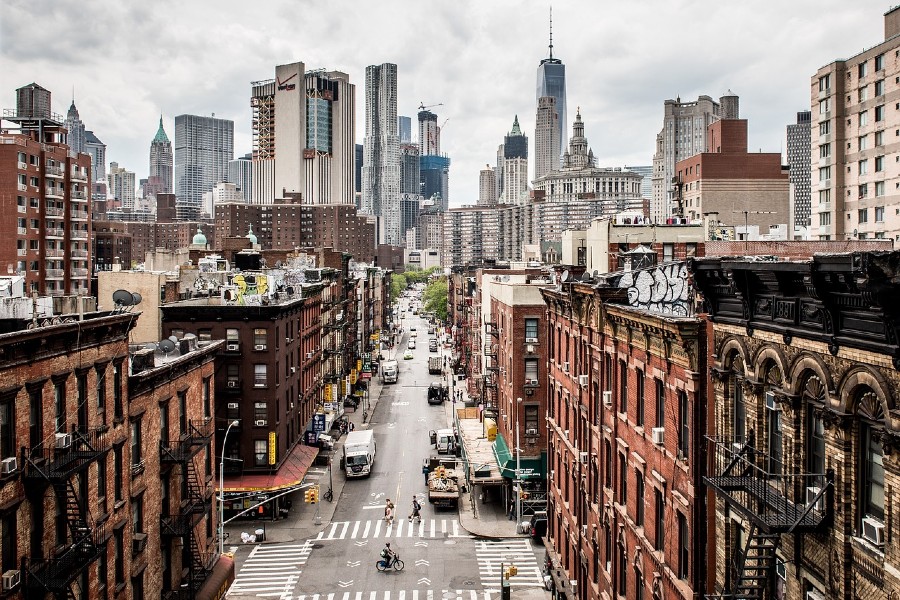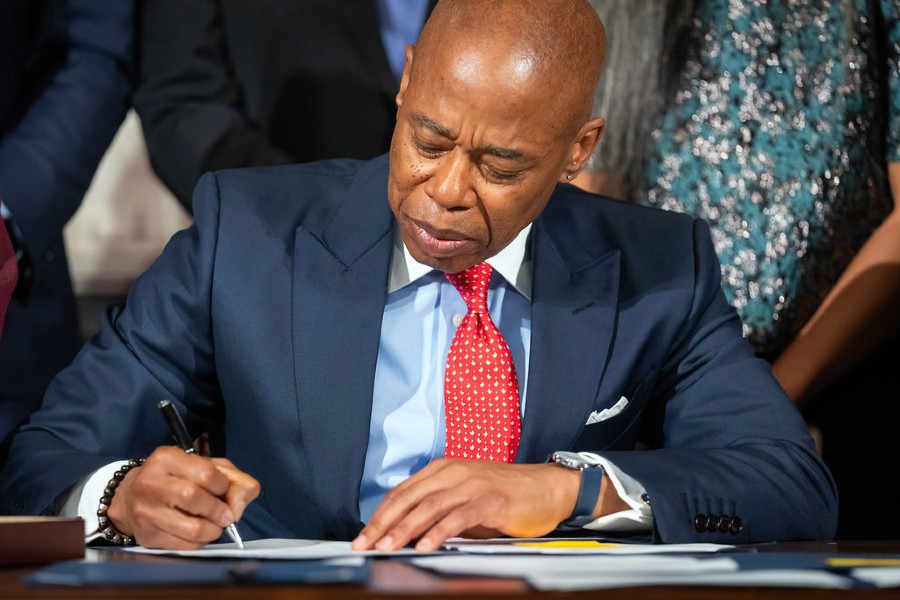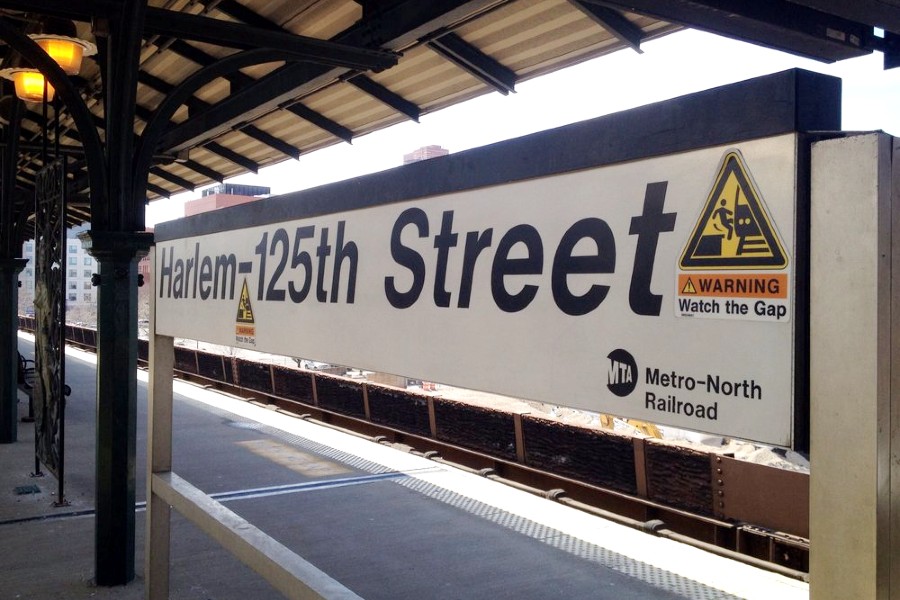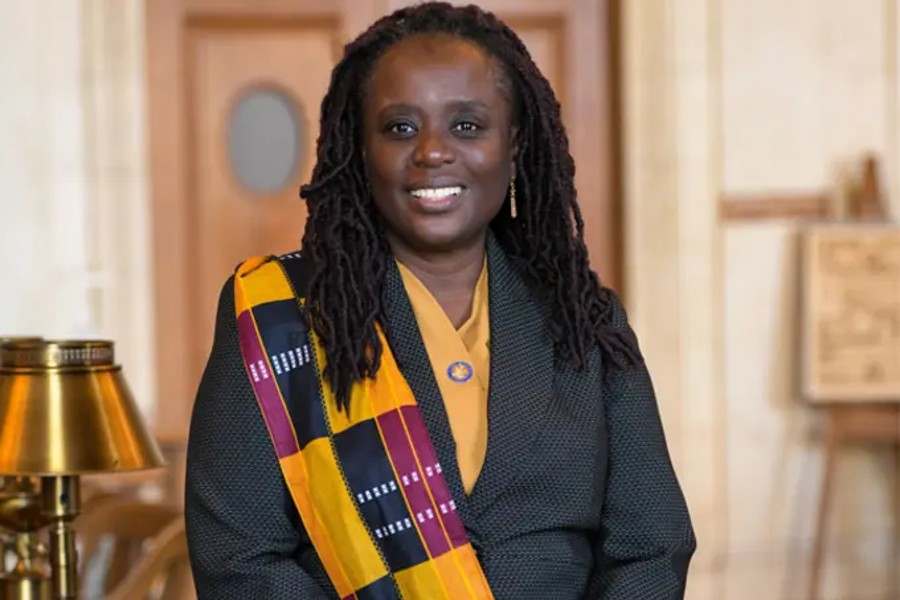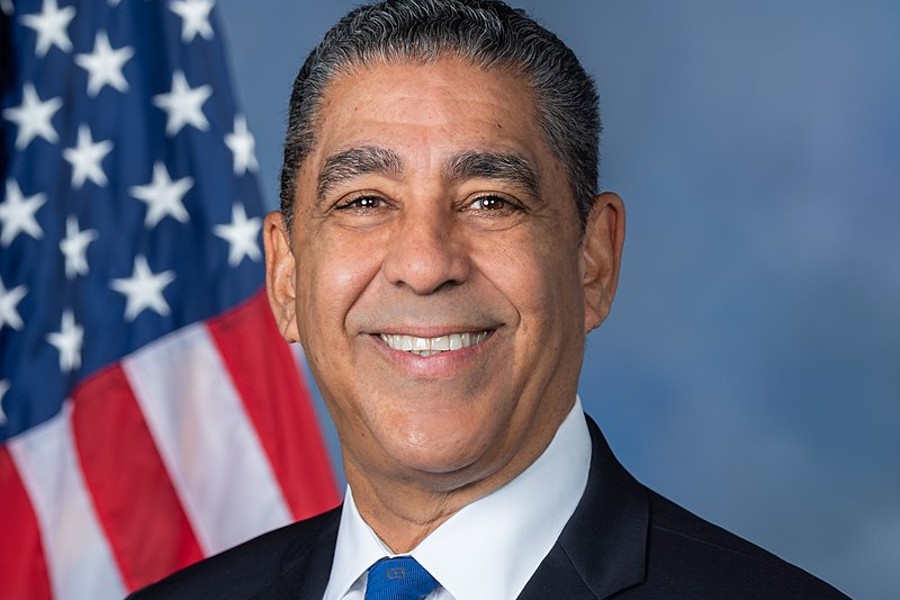 While East Harlemites can expect a few months’ wait before the launch of the Uniform Land Use Review Procedure (ULURP) that will lead to a vote on the city’s proposed rezoning of the neighborhood, there’s no shortage of matters to keep Manhattan Community Board 11 busy.
While East Harlemites can expect a few months’ wait before the launch of the Uniform Land Use Review Procedure (ULURP) that will lead to a vote on the city’s proposed rezoning of the neighborhood, there’s no shortage of matters to keep Manhattan Community Board 11 busy.
The board’s rezoning task force has released a detailed survey to solicit further feedback from the public on the proposed rezoning, and on Tuesday night board members sat through a three-hour hearing on a slew of new projects in the vicinity of the rezoning area. The much-discussed redevelopment of the 111th Street ballfields with a mixed-use facility including 665 apartments was not even one of them.
In a rapidly growing section of the Upper East Side, developer AvalonBay Communities and the Education Construction Fund has proposed redeveloping the current School of Cooperative Technical Education campus and a park next door with a new facility for Co-op Tech, space for two other East Harlem public schools, a new park and up to 1200 new apartments within a 68-story building. About 10 percent of those apartments would be rent restricted for households making up to $32,640 for a family of three, 15 percent for households making up to $48,960 and five percent for households making up to $89,760.
The project would deliver rent-restricted housing and three new school facilities at no capital cost to the city—but be the tallest building in the area by a long shot, with some adverse impacts on traffic and transit, while also temporarily putting the park out of order, according to the city’s environmental impact statement. (The development company, however, contends that due to the constraints of the site and the necessity of paying for the project with market-rate units, the residential portion of the site can be no less than 68 stories.)
At the hearing on Tuesday, students from the two other East Harlem schools that would get new buildings voiced their support for new facilities, providing bleak descriptions of inadequate bathrooms and gyms that double purpose as cafeterias or art classrooms in their current buildings. Residents of the Upper East Side said that while they agreed the students deserved new schools, they objected to the density of the project and the potential construction impacts on an area that has just suffered through the building of the 2nd Avenue subway line.
Ultimately, the board voted to approve the Co-Op Tech redevelopment project with conditions, including 50 percent permanently affordable housing, an exploration of reductions in height, priority enrollment in the three high schools for East Harlem residents, and several other recommendations.
More development may be in store nearby. The Department of Sanitation (DSNY) is moving forward with its proposal to relocate the district’s sanitation garage from its current unsuitable space on 99th Street, two blocks away from Co-Op Tech, freeing up that site for other uses—potentially more housing development or the expansion of Metropolitan Hospital.
While rapid population growth in this area may warrant scrutiny, it’s worth noting that development on these sites could potentially meet the calls of some advocates to ensure the Upper East Side, and not just East Harlem, does its share of densification.
Meanwhile in northern East Harlem, an area that some residents complain is heavily concentrated with sanitation facilities and auto lots, the city is moving forward with the conversion of a former MTA Bus Depot into a memorial for a desecrated African Burial ground along with a mixed-use project including at least 50 percent rent-restricted housing.
But the area could still end up with the same number of sanitation facilities: DSNY has proposed relocating the 99th Street facility to a site cattycorner to the African Burial Ground site, the current Potamkin auto mall.
There were few comments made on the African Burial Ground project on Tuesday, but many mutters of disapproval during the discussion of DSNY’s proposed new location for the district’s facilities. Board members have long objected to DSNY’s proposal because the owner of auto mall once received bond funding to stimulate economic development in the area, and because many of the trucks would be parked outdoors, rather than inside an enclosed facility like the one recently built in Soho.
“We just talked about sacred space, we had this beautiful presentation [of the African Burial Ground project], and this is just right next to it. So much for respect for this community,” one person testified.
DSNY argued that it has considered a variety of other sites for the garage but none are suitable, that creating an indoor space for the trucks would be too expensive and make fueling different, and that an environmental analysis showed the site would not create air pollution.
A vote on the African Burial Ground project and the proposed relocation of the sanitation garage are expected in the coming weeks.
Become a Harlem Insider!
By submitting this form, you are consenting to receive marketing emails from: Harlem World Magazine, 2521 1/2 west 42nd street, Los Angeles, CA, 90008, https://www.harlemworldmagazine.com. You can revoke your consent to receive emails at any time by using the SafeUnsubscribe® link, found at the bottom of every email. Emails are serviced by Constant Contact



